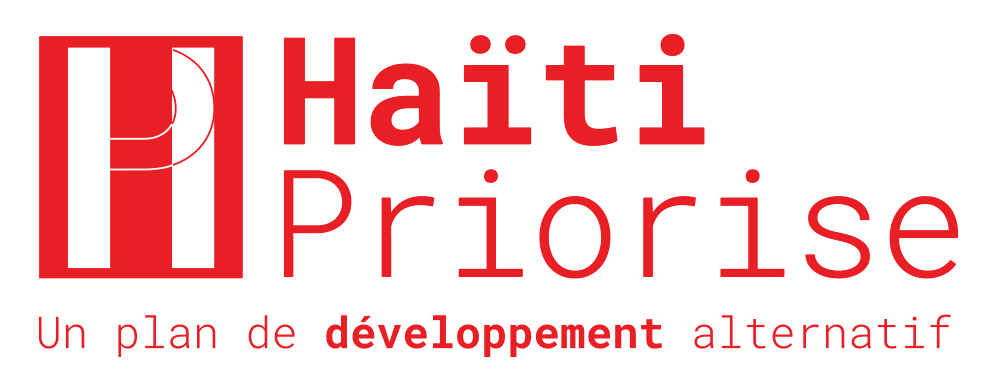Haïti Priorise: Port Infrastructure, Guerrier
The Problem
Haiti has enormous maritime potential with more than 1,500 kilometers of coastline, but is among the Caribbean countries that exploit their marine resources the least.
At the Cap-Haïtien port, there is a bureaucratic slowness linked to a lack of automation of services. A lack of ‘mirroring’ means that communication between the Cap-Haïtien port and Port-au-Prince via the computerized customs system called SYDONIA is frequently interrupted. This creates delays.
In addition, the control of goods is done without automation. This delays the verification of goods.
Many ports around the world are automating their procedures. A computer system dedicated to the port, allowing all port professionals at customs administration to exchange data and messages in confidentiality and security, would bring considerable productivity.
The Solution
- Computerization of procedures at the international port of Cap-Haïtien
The agreement between the Haitian Government and the United States Agency for International Development (USAID) to renovate the Cap-Haïtien port for nearly US $65 million aims to improve infrastructure and customs operations.
Its three components – the construction of a container terminal, the completion of security works and the recruitment of a private operator for the operation of the container terminal as part of a public-private partnership – do not address the automation of Cap-Haïtien port services.
Summary Table of the BCR
| Intervention | Benefit(in gourdes) | Cost(in gourdes) | Benefits for every gourde spent |
|---|---|---|---|
| Computerization of procedures at the international port of Cap-Haïtien | 5.25 billion | 730 million | 6.9 |
Benefits, Costs and BCR
Costs
Acquisition Costs of Goods and Services: These costs are estimated at about 277 million gourdes and represent 34% of the total costs of the project. This includes the purchase of computers, printers and scanners, worth nearly 2 million gourdes; a power generator unit worth about 2 million gourdes; an internet band for operator interconnectivity worth approximately 435,000 gourdes; and non-intrusive container inspection technologies—two x-ray scanners—worth almost 272 million gourdes; and the backup of port data through the acquisition of a mirror server worth 748,000 gourdes.
Installation Cost of Single Electronic Port Portal: This cost aggregates all the operations necessary to create an interface common to all the users, customers and actors of the Cap-Haïtien port. This amounts to approximately 340 million gourdes, or 42% of the total costs.
Cost of Training for System Manager-Users (Single Portal and Port Information System): These disbursements for the transfer of port computer skills to users amount to nearly 5 million gourdes or 0.68% of the total expenditure incurred.
Cost of Salary Increases for Trained Technicians: The training of manager-users increases their competence in terms of efficiency, precision and skill in the management and operation of the port. This leads to other wage costs, estimated at about 29 million gourdes or about 3.67% of the total costs.
Maintenance and Upkeep Costs: These costs are estimated at 20% of the total cost of the intervention, distributed at nearly 13 million gourdes each year or 8.33% annually.
Cost of Electrical Works: One of the significant costs of the project to automate port procedures is electrical works. It includes expenses for electrical conditioning work (installation of electrical room for circuits, earthing, wiring and physical security) at a cost of approximately 3 million gourdes. The main sources of supply and distribution consist of the implementation of a system of automatic transfer, of development of supply lines at a cost of about 9 million gourdes. A backup system for servers costs nearly 12 million gourdes.
Benefits
Gain in Resources Related to Restrictions on Travel: The intervention will make it possible to save resources related to restrictions placed on travel. There is a resource saving of about 120,000 gourdes.
Increased International Trade: The amount of the increase in customs take is estimated to be close to 100 million gourdes. The amount of annual foreign revenue annual gain is estimated at nearly 13 million gourdes.
Strengthening Security: Losses to smuggling will be reduced, amounting to a benefit worth about 374 million gourdes.
Reduction in the Prices of Port Services in Cap-Haïtien: There is a gain of financial resources of nearly 284 million gourdes.

